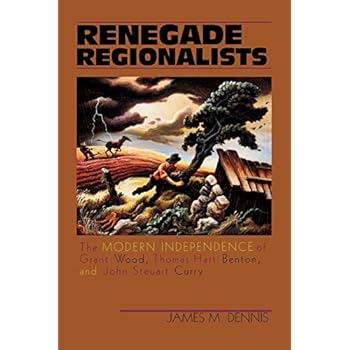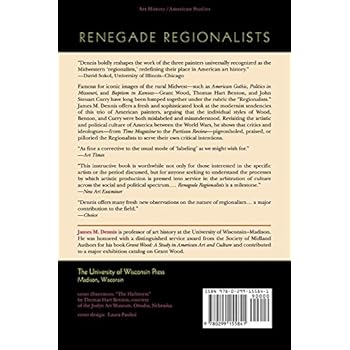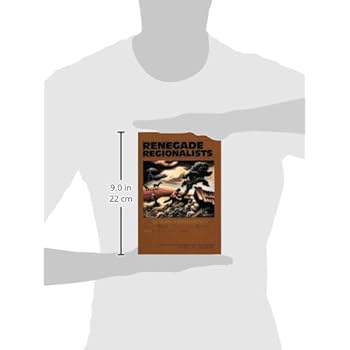Renegade Regionalists: The Modern Independence of Grant Wood, Thomas Hart Benton, and John Steuart Curry
Category: Books,Arts & Photography,History & Criticism
Renegade Regionalists: The Modern Independence of Grant Wood, Thomas Hart Benton, and John Steuart Curry Details
Review "As fine a corrective to the usual mode of ‘labeling’ as we might wish for."—Art Times"This instructive book is worthwhile not only for those interested in the specific artists or the period discussed, but for anyone seeking to understand the processes by which artistic production is pressed into service in the arbitration of culture across the social and political spectrum. . . . Renegade Regionalists is a milestone."—New Art Examiner"Dennis offers many fresh new observations on the nature of regionalism . . . a major contribution to the field."—Choice Read more About the Author James M. Dennis is professor of art history at the University of Wisconsin-Madison. He is the author of Grant Wood: A Study in American Art and Culture, as well as of catalogs for the traveling exhibition Grant Wood: An American Master Revealed and for the Grant Wood collection of the Cedar Rapids Art Center. Read more

Reviews
This book makes you rethink any ideas you might have about Regionalism. Whether you agree with James Dennis or not is up to you, but he certainly does bring up some very interesting ideas. The basic ideas of the Regionalism school are initially laid out for the reader, and from this beginning it is already possible to see the weak foundation of the very definition of "Regionalism," as it was defined NOT by the artists, but by their critics and the public. The sterotyping generalities inherent in this 'school' set the stage for Dennis' questioning of the similarities of the work of Thomas Hart Benton, Grant Wood, and John Steurat Curry, the triumvirate of Regionalism. The author proceeds to explicate the inherent differences between the 3 artists' work, as well as the eventually obvious flawed general definition of "Regionalism." Dennis breaks down his discussions into realism vs. abstraction, realistic subject matter vs. fantasies, the ideas of nationalism and fascism in the artists' work, their varying depictions of women, and finally compares the three Regionalists to three contemporary modernists, Charles Demuth, Charles Sheeler, and Marsden Hartley. Dennis concludes with the assertion that the so-called "Regionalists" are in many ways more "modern" than their modernists contemporaries. The book has plenty of pictures, sadly only in black and white, and thus the book is a surprisingly quick read. Each chapter is thorough however, and must be studied to be fully understood. The reader should have some art historical background, and some knowledge of the history of the first half of the 20th century. I would highly recommend this book to anyone who is interested in Regionalism, and the history of American art. Makes you think.




